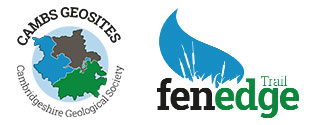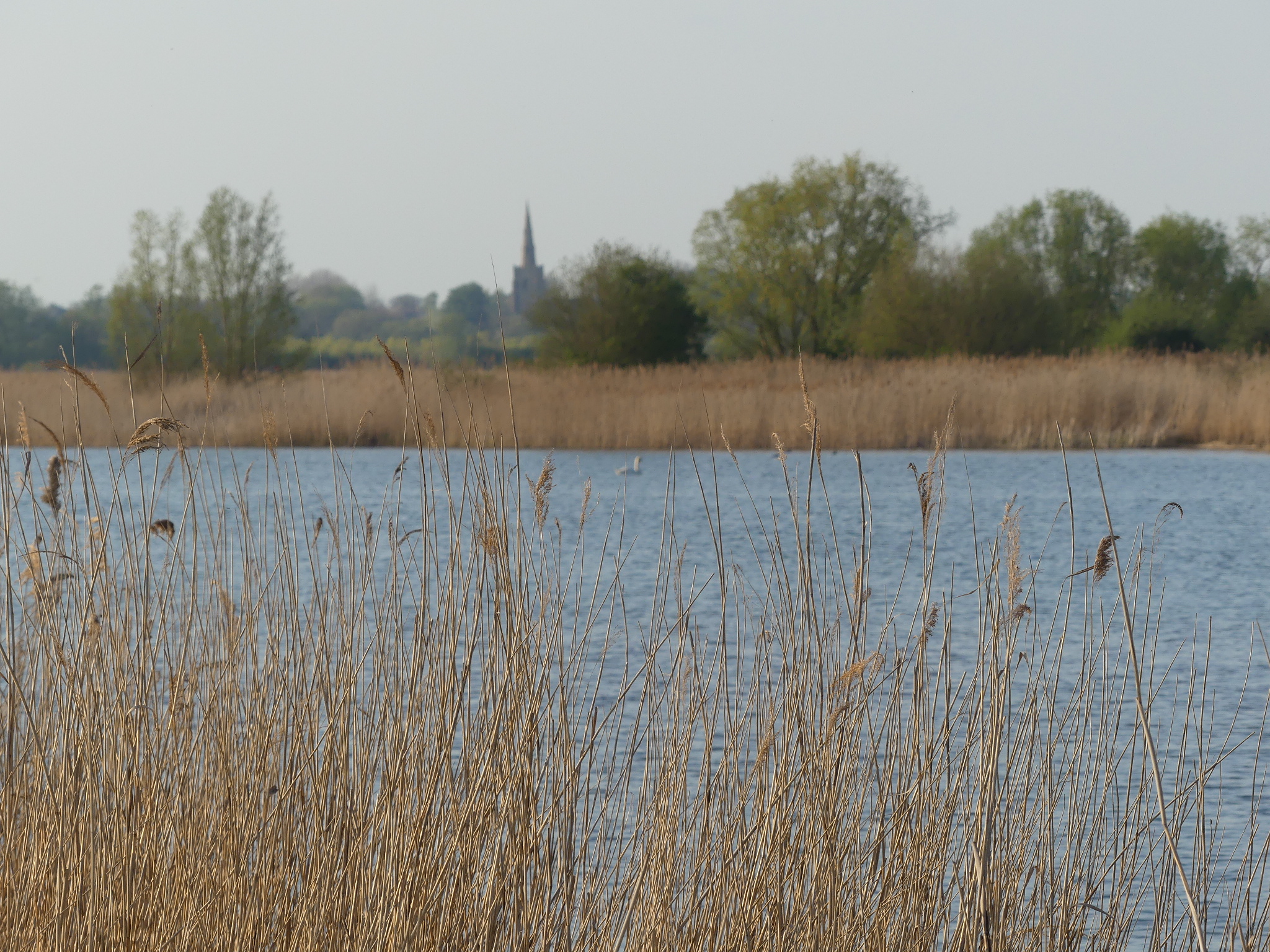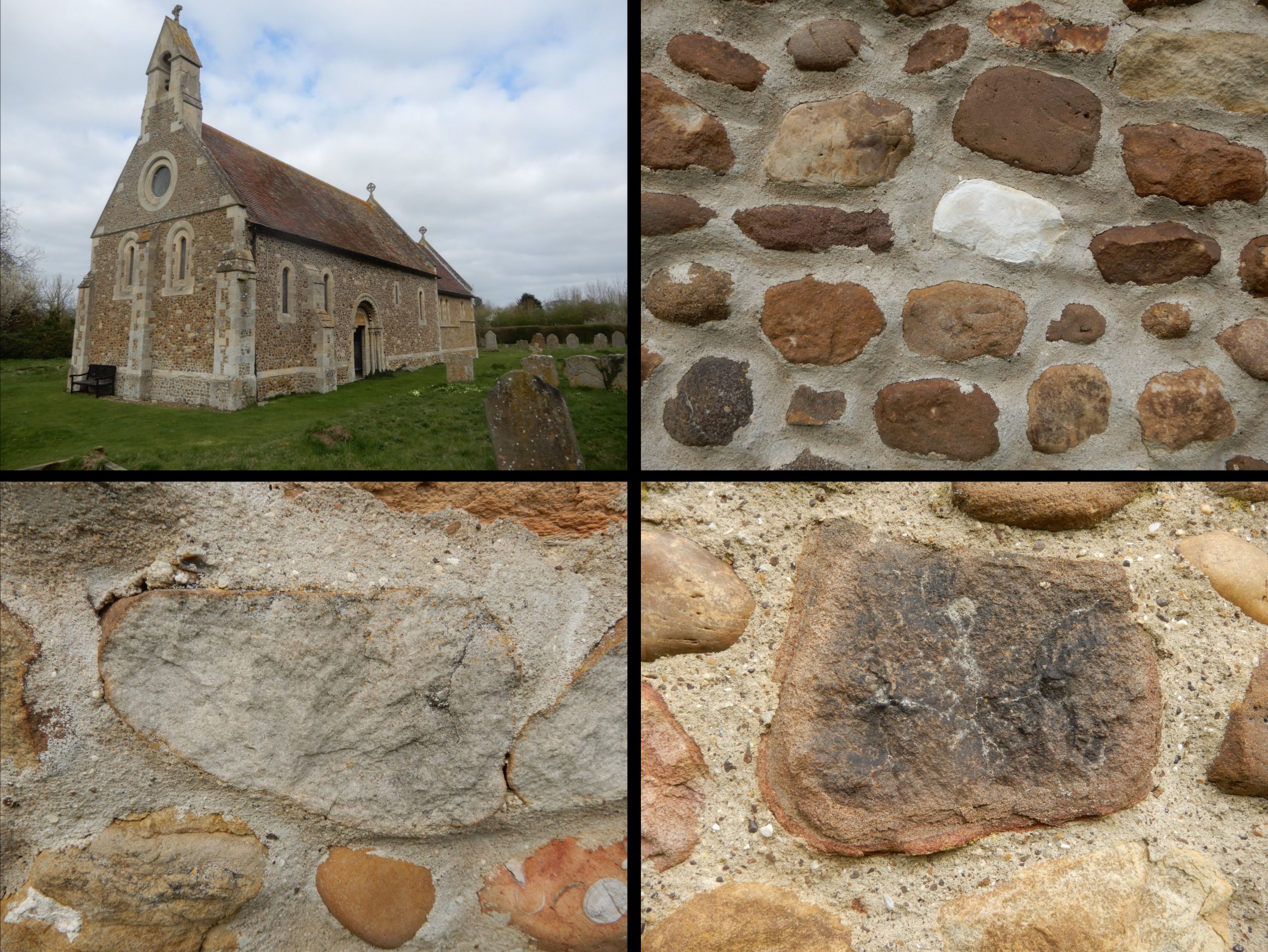

The Pleistocene ‘Ice Age’
We are currently in the Quaternary Period, which started 2.58 million years ago. From the start until 11,700 years ago, the Pleistocene (Epoch) ‘Ice Age’ brought very cold conditions to Europe including glacial periods when ice sheets covered much of the land (glaciations). These cold periods were interrupted by interglacials, when warmer, temperate conditions returned. The topography of Cambridgeshire has been greatly modified by geomorphological processes during the Pleistocene, including glacial and periglacial erosion, and the deposition of associated material such as the many deposits brought by glaciers and major river systems.
For more information on the Quaternary Period see What is the Quaternary – Quaternary Research Association.
Three sites in Cambridgeshire/Peterborough appear in the Top 50 Quaternary Sites – Quaternary Research Association
Pleistocene fossils
Due to the extensive deposits of River Terrace and other gravels in Cambridgeshire, there have been some amazing discoveries of fossils from both cold and warm periods of the Pleistocene ‘Ice Age’. Many (such as mammoth tusks) date from the last glaciation (the ‘Devensian’) when the region experienced tundra conditions but others (such as hippo skulls) date from the earlier warm phase (the ‘Ipswichian’). Others date from even earlier glaciations or warm periods.
Our local museums have excellent displays on the Pleistocene Ice Age, its geology, environments and fauna, with some impressive fossils – many of which have been found locally.
Ice Age display, Sedgwick Museum – mammoth tusks now in the Sedgwick
Glaciations
The last ice sheet to cover Cambridgeshire was thought to have occurred in the Anglian Stage glaciation which ended about 425,000 years ago. There are widespread deposits of Glacial Till and Glacial (Lake, River and other) Gravels from this glaciation in the county, particularly covering the higher land to the west and south of the Fens. The Lowestoft deposits are from this time.
It has now also been shown that there was a glaciation that reached as far as Cambridgeshire about 160 million years ago, in the Wolstonian Stage, The glaciation advance, to the maximum glacial limit Skertchly Line complex in Fenland, occurred during the Late Wolstonian Substage, MIS 6. Paper on evidence for the Late Wolstonian Glaciation including the Tottenhill ice advance into the Fenland: Late Middle Pleistocene temperate and associated events in lowland England – ScienceDirect
Geoconservation values of Quaternary features
‘Geoconservation is the conservation of those elements of geodiversity that have significant intrinsic, scientific, educational, cultural, aesthetic, ecological or ecosystem service values. Together these elements form our geoheritage. Recognition of the value of conserving Quaternary features and sites is therefore vital both for the field-based research and education that are essential to advance Quaternary science, and also for the wider benefits for the environment and society.[
Quaternary Research Association
The focus of geoconservation is usually on sites, but may also include museum collections and specimens (e.g. of fossils). Quaternary geosites can be small but scientifically significant areas, such as a disused quarry (e.g. sand or gravel pits including Travellers’ Rest SSSI) a roadside exposure (e.g. Chalky Lane Brabaham candidate LGS), a historic research site (e.g. Wicken Sedge Fen) or extensive areas with landforms. They may be located on privately owned land, or on land in public ownership. Many are vulnerable to a range of threats, including urbanization, infrastructure development, agriculture, aggregate extraction, neglect, erosion or lack of understanding of their value. Moreover, the values of Quaternary sites are often underestimated or overlooked in national and local planning and policy.






